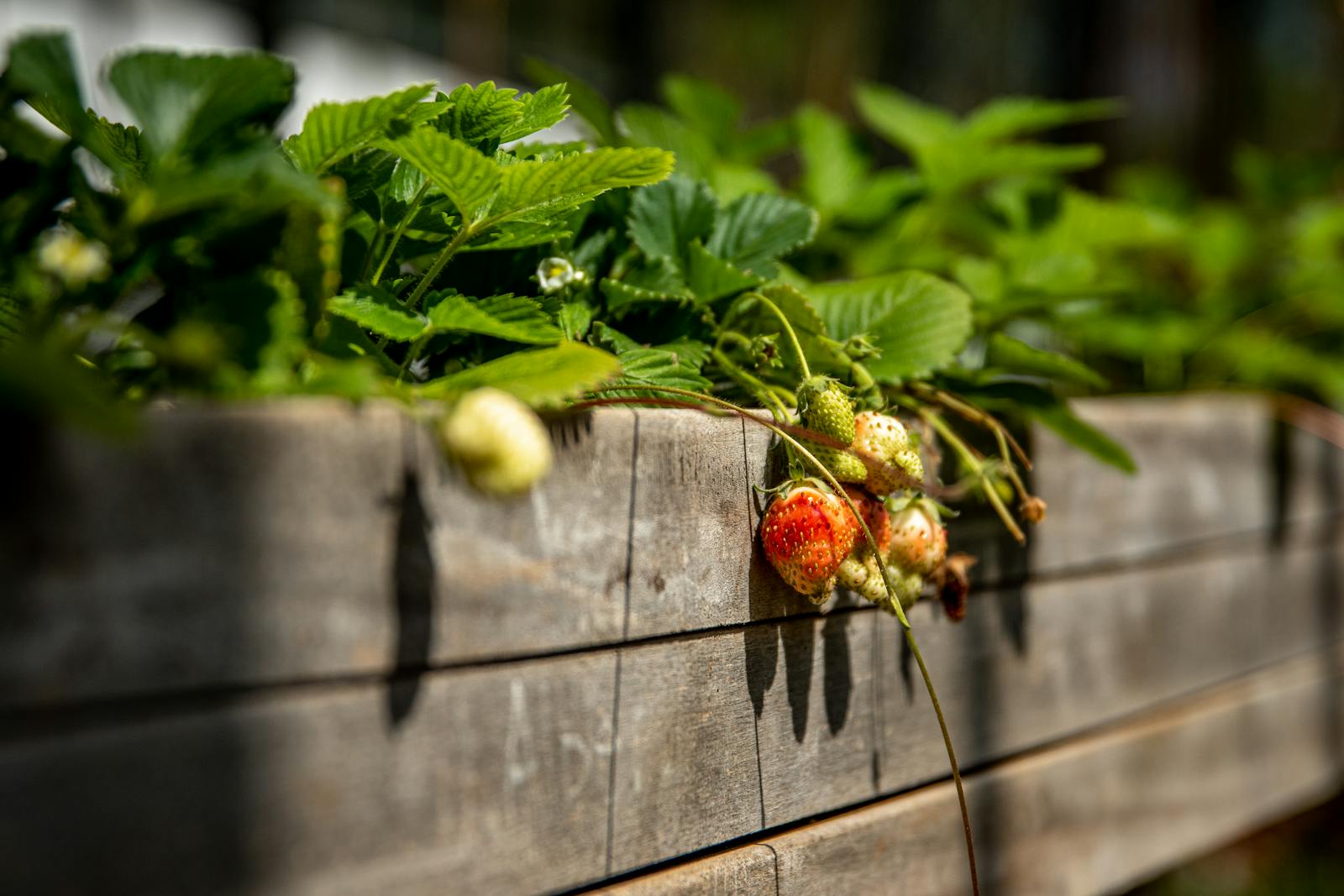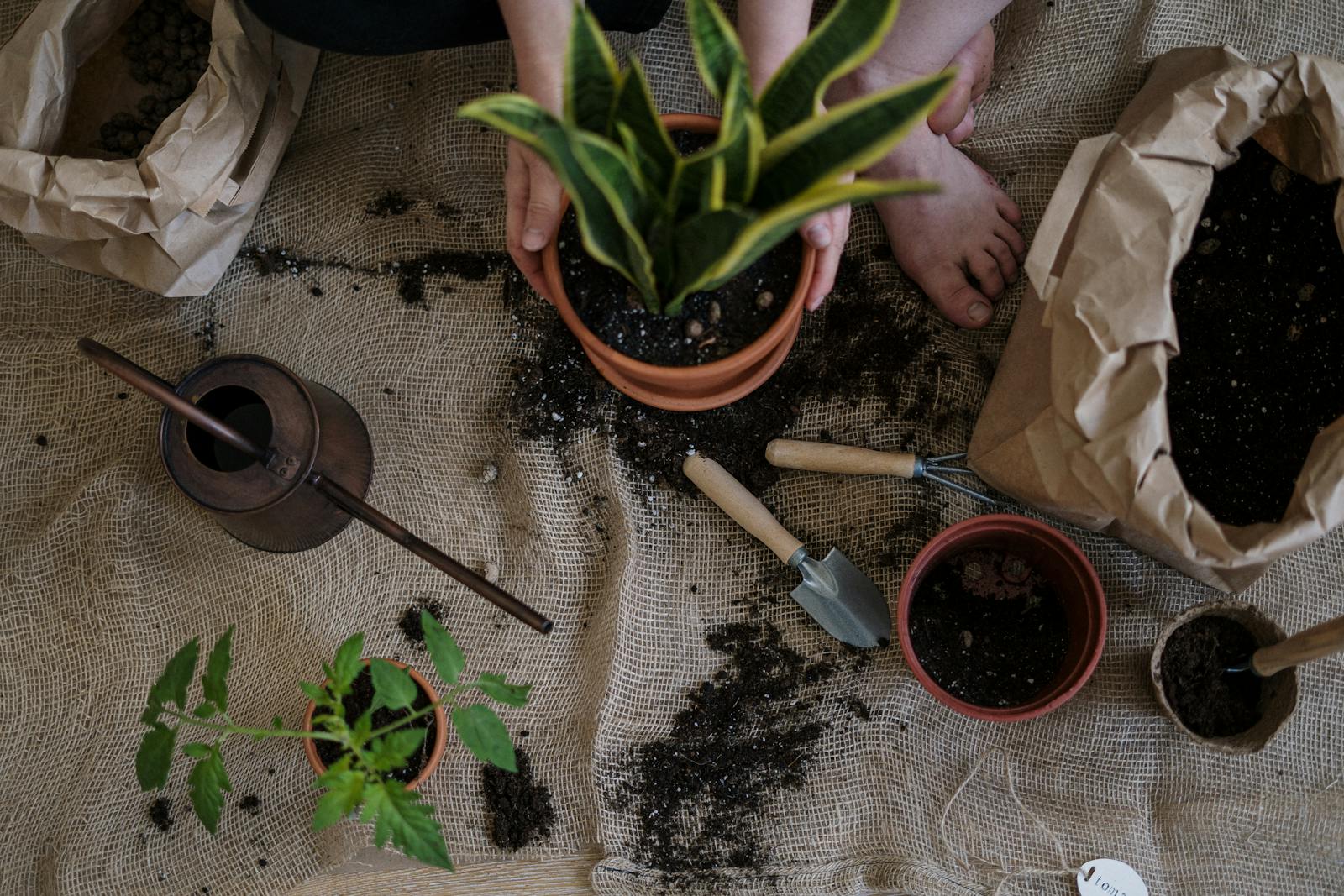Raised Bed Gardening for Small Spaces
Why Raised Beds Work in Tight Areas
Raised beds are ideal for maximizing productivity in compact spaces. Whether you have a balcony, patio, or small backyard, these structures help you control soil quality, reduce compaction, and make the most of every inch.
By growing upward rather than outward, you create deeper root zones and better drainage. The contained setup also means fewer weeds and less maintenance, making it perfect for beginner and urban gardeners alike.
This efficient gardening method turns even the smallest plot into a thriving green space with minimal effort and high rewards.
Planning and Positioning Your Raised Bed
Location matters. Choose a spot that receives at least six hours of sunlight daily, unless you’re growing shade-tolerant crops. Proximity to a water source and ease of access are also key considerations for daily care.
Take measurements of your available space before selecting bed dimensions. Raised beds typically range from 2 to 4 feet wide and can be as long as your site allows. Narrow widths allow for easy reach from both sides without stepping into the soil.
Orient beds north to south for even sun exposure, especially in tight courtyards or areas with limited light. Good planning helps avoid shading issues and supports plant health.
Selecting the Right Materials
Raised beds can be built from wood, metal, composite, or even repurposed materials. Cedar and redwood are popular for their resistance to rot, but budget-friendly pine can work with proper sealing. Metal beds are durable and modern, though they may heat up faster in direct sun.
Avoid treated lumber that might leach chemicals into the soil. Use galvanized steel or untreated hardwoods for food-safe options. Composite beds offer a low-maintenance, long-lasting alternative with a clean look.
Whatever material you choose, make sure it’s sturdy, weather-resistant, and suited to your climate and aesthetic preferences.
Soil Composition for Maximum Productivity
Great soil is the foundation of a thriving raised bed. A balanced mix of topsoil, compost, and aerating agents like coconut coir or vermiculite creates the ideal growing environment. This blend retains moisture, supports drainage, and delivers essential nutrients.
A common ratio is 40% compost, 40% topsoil, and 20% aeration material. Mix thoroughly before planting to ensure even distribution. Avoid filling beds with native soil unless it’s been tested and amended.
Over time, replenish with fresh compost to maintain fertility. Healthy, living soil leads to higher yields and fewer pest and disease problems, especially in small-scale gardens.
Choosing Compact and Productive Plants
In a small space, every plant must earn its keep. Select compact or dwarf varieties that mature quickly and produce generously. Lettuce, radishes, bush beans, cherry tomatoes, and herbs all thrive in limited areas.
Look for vertical growers like pole beans, cucumbers, or indeterminate tomatoes to maximize vertical space. Use trellises, cages, or netting to guide their growth upward without crowding neighboring plants.
Mix fast growers with longer-season crops to keep your bed in constant use. Strategic plant selection makes your small-space garden both beautiful and bountiful.
Vertical Gardening Within Raised Beds
When floor space is limited, growing upward is essential. Integrate vertical gardening structures like trellises, obelisks, and wire cages directly into your raised beds to support climbing or vining crops.
These structures maximize productivity without sacrificing footprint. Use them for peas, pole beans, cucumbers, or even small melons. You can also hang baskets on upright posts for trailing herbs or strawberries.
Vertical supports not only boost yield—they improve airflow, reduce pests, and make harvesting easier. They also add dynamic height and visual interest to your garden design.
Companion Planting for Efficiency
Companion planting helps you use every inch of your raised bed wisely. Pair plants that support each other’s growth or deter pests to boost productivity and reduce inputs.
For example, plant basil next to tomatoes to enhance flavor and repel insects. Grow carrots and onions together to mask scents from root pests. Lettuce can be tucked around taller plants for shade during hot weather.
This thoughtful planting method turns a small plot into a cooperative, thriving ecosystem—and adds an extra layer of planning and creativity to your layout.
Succession Planting to Maximize Output
One of the best ways to increase yield in limited space is through succession planting. As soon as one crop finishes, replace it with another suited to the season or conditions.
Harvest spring greens like spinach and radishes, then follow with summer crops like peppers or bush beans. Come fall, fill the space again with kale or beets. This keeps your garden productive all year.
Succession strategies allow you to grow more food in less space while keeping beds looking full and vibrant throughout the seasons.
Watering Strategies for Small-Space Beds
Raised beds dry out faster than in-ground gardens, especially in warm weather. Consistent, efficient watering is key. Use a drip system or soaker hoses to deliver moisture directly to the roots without overspray or waste.
Water early in the day to prevent evaporation and reduce fungal risks. Mulching with straw, leaves, or compost helps retain moisture and reduces watering frequency.
For very small beds, hand watering with a long-spouted can offers control and precision. Keep soil evenly moist—not soggy—to promote healthy, steady growth in tight quarters.
Mulching to Reduce Maintenance
In a compact raised bed, mulching is one of the easiest ways to cut down on weeding and watering. A thick layer of mulch stabilizes soil temperature, suppresses weed growth, and helps retain precious moisture.
Organic options like straw, bark chips, or shredded leaves also break down over time, enriching the soil. For a more refined look, consider cocoa hulls or pine needles. Avoid synthetic mulches that don’t decompose or breathe well.
Mulch transforms a small raised bed into a low-maintenance, high-performance growing zone. It’s one of the simplest investments with the biggest return.
Fertilizing for Continuous Growth
Small raised beds can quickly become depleted of nutrients, especially with high-intensity planting. Regular fertilization is essential to keep plants healthy and productive throughout the season.
Start with compost or a balanced organic fertilizer at planting time. Supplement with liquid feeds every two to four weeks for heavy feeders like tomatoes or peppers. Granular slow-release blends offer a hands-off alternative.
Be cautious not to overdo it—too much fertilizer can lead to leafy growth with fewer fruits or flowers. A steady, moderate feeding schedule works best in compact growing systems.
Rotating Crops to Avoid Soil Fatigue
Even in small gardens, rotating crops helps prevent pest buildup and maintains soil health. Avoid planting the same family of vegetables in the same spot season after season.
Follow a basic rotation: leafy greens, then fruiting plants, then root crops. For example, grow lettuce in spring, followed by tomatoes in summer, then carrots in fall. This sequence reduces disease risks and balances nutrient demands.
Mark your layout or keep a simple journal to track what grows where. With rotation, your soil stays richer and your plants stronger year after year.
Creating Visual Appeal in Small Beds
Raised beds aren’t just functional—they can also be beautiful. Use color, texture, and form to create a garden that’s as pleasing to look at as it is productive.
Combine leafy greens with flowering herbs or edible blooms like nasturtiums. Use vertical accents like trellised peas or sunflowers to add height. Edge beds with colorful lettuces or marigolds for extra flair.
Even in limited space, artistic choices create a sense of abundance and style. A little design effort turns utility into elegance.
Adapting Beds for All Seasons
Extend your growing season with a few simple modifications. In spring, use cloches or row covers to warm soil and protect young seedlings. During summer, shade cloth helps shield sensitive plants from scorching sun.
As temperatures drop, add cold frames or hoop tunnels to protect fall crops. Raised beds warm up faster than in-ground plots, making them ideal for early starts and late harvests.
These tweaks stretch your planting calendar and maximize the return on your small-space investment.
Maintaining a Small Garden with Big Impact
Consistency is key when space is limited. Frequent but short maintenance sessions—watering, harvesting, deadheading—keep your garden neat and productive without becoming overwhelming.
Check for pests regularly and remove spent plants to make room for new ones. Replenish soil amendments and update your planting plan as seasons change. Small raised beds require attention, but not much time.
This steady approach helps your garden flourish and ensures it continues producing beauty and bounty in any space you have available.
Frequently Asked Questions
How deep should a raised bed be for vegetables?
A depth of 10 to 12 inches is ideal for most vegetables. Shallow-rooted crops can thrive in 6 inches, while deeper-rooted plants like tomatoes benefit from at least 12 inches of soil.
Can I place a raised bed on concrete or a patio?
Yes. Raised beds can be placed on hard surfaces as long as they have good drainage. Add a bottom layer of gravel and drill holes if needed, then fill with quality soil mix.
What’s the best wood for building raised beds?
Cedar and redwood are naturally rot-resistant and safe for growing edibles. Untreated pine is budget-friendly but won’t last as long. Avoid pressure-treated wood unless it’s rated safe for food gardens.
How often should I water a raised bed?
Watering frequency depends on weather, plant type, and soil. Generally, raised beds need water 2–4 times per week in summer. Use mulch to retain moisture and check soil regularly.
Is raised bed gardening suitable for beginners?
Absolutely. It’s one of the easiest ways to start gardening. Raised beds offer better control, fewer weeds, and excellent results even in small or challenging spaces.
© 2025 GardeningandDecor.com. All rights reserved.



